At Lee Ufan Arles, tension and calm guide relationships between space and art
Lee Ufan Arles opens in the south of France, a collaboration between the famed Korean artist and Japanese architect Tadao Ando

Lee Ufan Arles is a stunningly restored private mansion-turned-exhibition space situated in the heart of the Provençal medieval city. It's a part of France that is legendary for its relationship with photography and the arts, through the longstanding annual photography festival Rencontres Arles and more recently Maja Hoffman’s sprawling, Frank Gehry-designed LUMA Arles.
Designed by two friends, artist Lee Ufan and Japanese architect Tadao Ando, the new space embraces the classic proportions of its location – the Hôtel Vernon, constructed between the 16th and 18th centuries – while creating an ideal venue to show Ufan’s art, including a large temporary exhibition space. 'Space and site play an important role. Material matters because we just show action, not action for a certain purpose, but action itself, pure action,' the artist says.

Lee Ufan Arles: a new destination for art and architecture in the south of France
Ufan is perhaps the most well-known Korean artist working today, famous for his conceptual sculpture and painting which has an instantly recognisable aesthetic born out of a combination of ideas from Eastern and Western cultures.
The building's design has a lightness of touch, although some additional rooms were created on the ground floor to improve visitor flow. This level features both painting and sculpture, including site-specific works and large-scale paintings from throughout Ufan’s career.

The works explore the artist's development from being a founder member of the Mono-ha (The School of Things) avant-garde Korean art movement in the late 1960s to his status as a world-famous contemporary artist, harnessing elements of mathematics, minimalism and zen. The placement of each work in relation to the dynamics of a space is key to Ufan’s practice and in his own space, he was able to design, with Ando, an ideal environment.
'I think floors and corners in spaces are very important. And this constitutes minimum conditions to exhibit my work. Each time I exhibit, the relationship changes between my artwork and the space, the site. Even I, as an artist, sometimes hesitate where to place things,' says Ufan. 'There is no exactness. There are no rules. The space and object relationship creates a tension.'
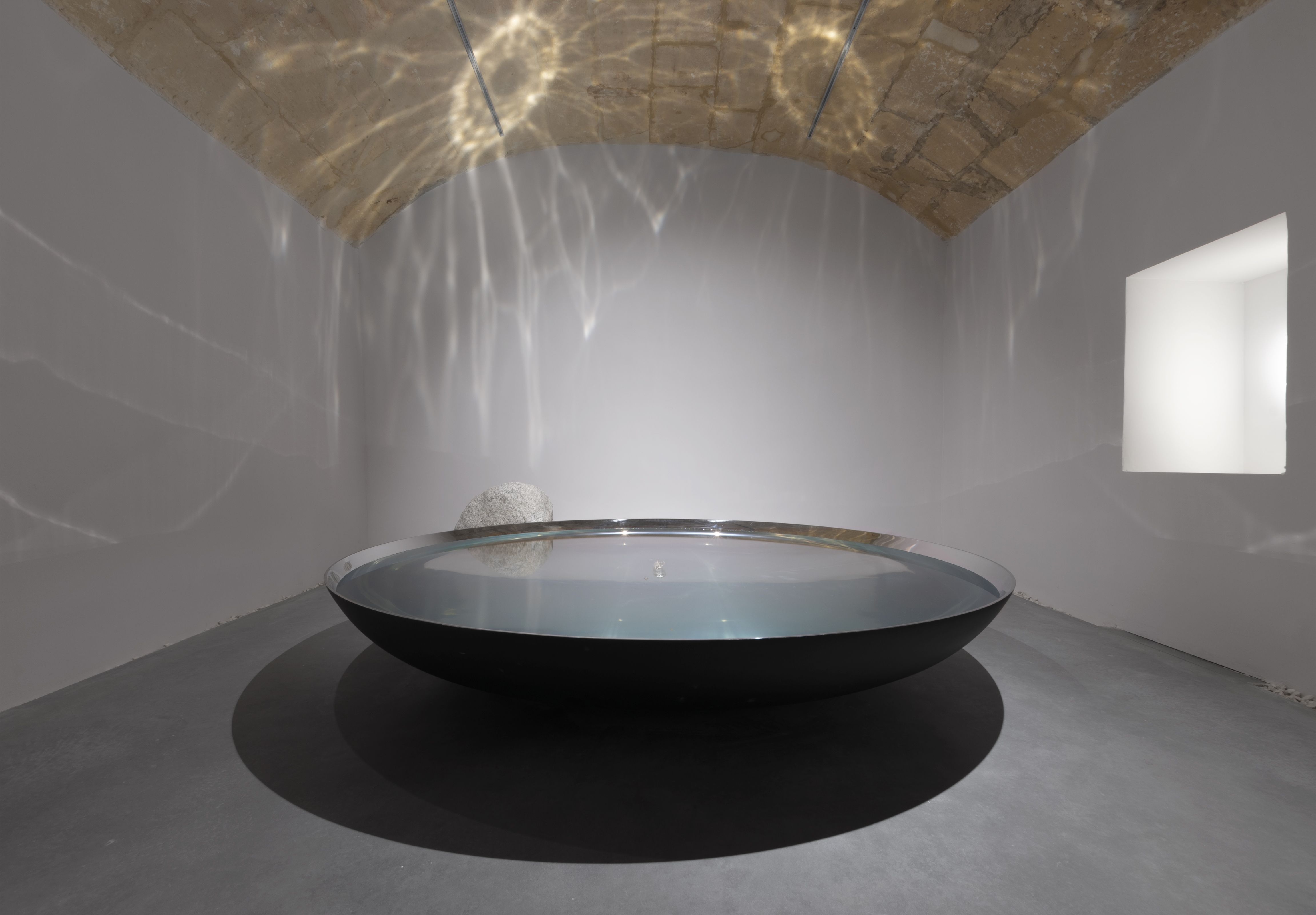
In working with the existing space using classic terracotta hexagonal tiles, exposed beams and whitewashed walls, the personality of the building is preserved. At the same time, there is also space for Ando’s classic use of industrial concrete in a large installation at the entrance. This effectively highlights the art.
Wallpaper* Newsletter
Receive our daily digest of inspiration, escapism and design stories from around the world direct to your inbox.
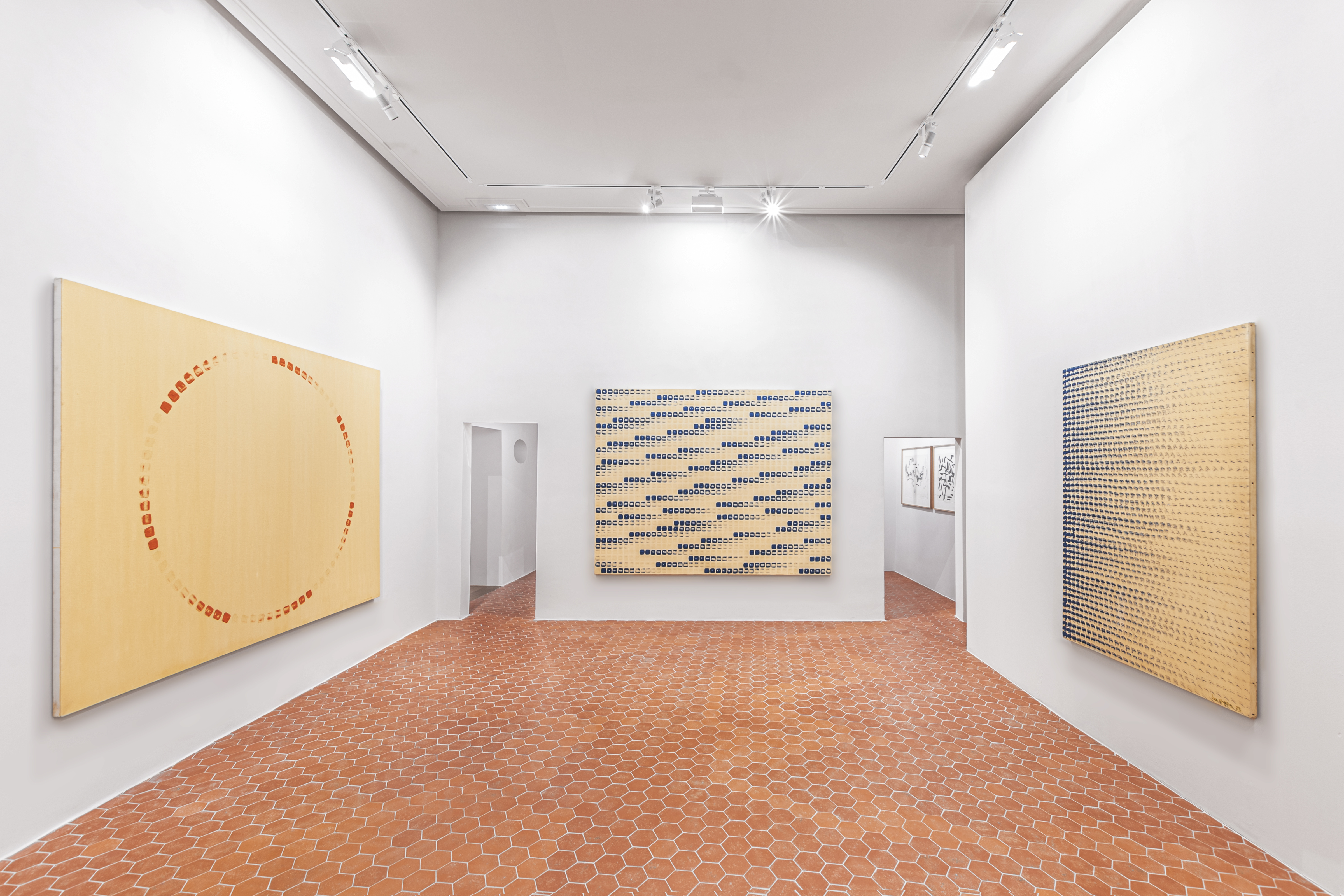
'Lee Ufan especially worked on the painting selection and the display order. He wanted [the paintings] to be hung in chronological order. He created tension by [having visitors pass] from small rooms to bigger rooms. He is also interested in investing in the walls or floors, as you can notice with the wall painting that can be appreciated, like a moment of rest, before [visitors discover] his latest series of large-scale paintings, Dialogue and Response,' says general coordinator at Lee Ufan Arles, Juliette Vignon.
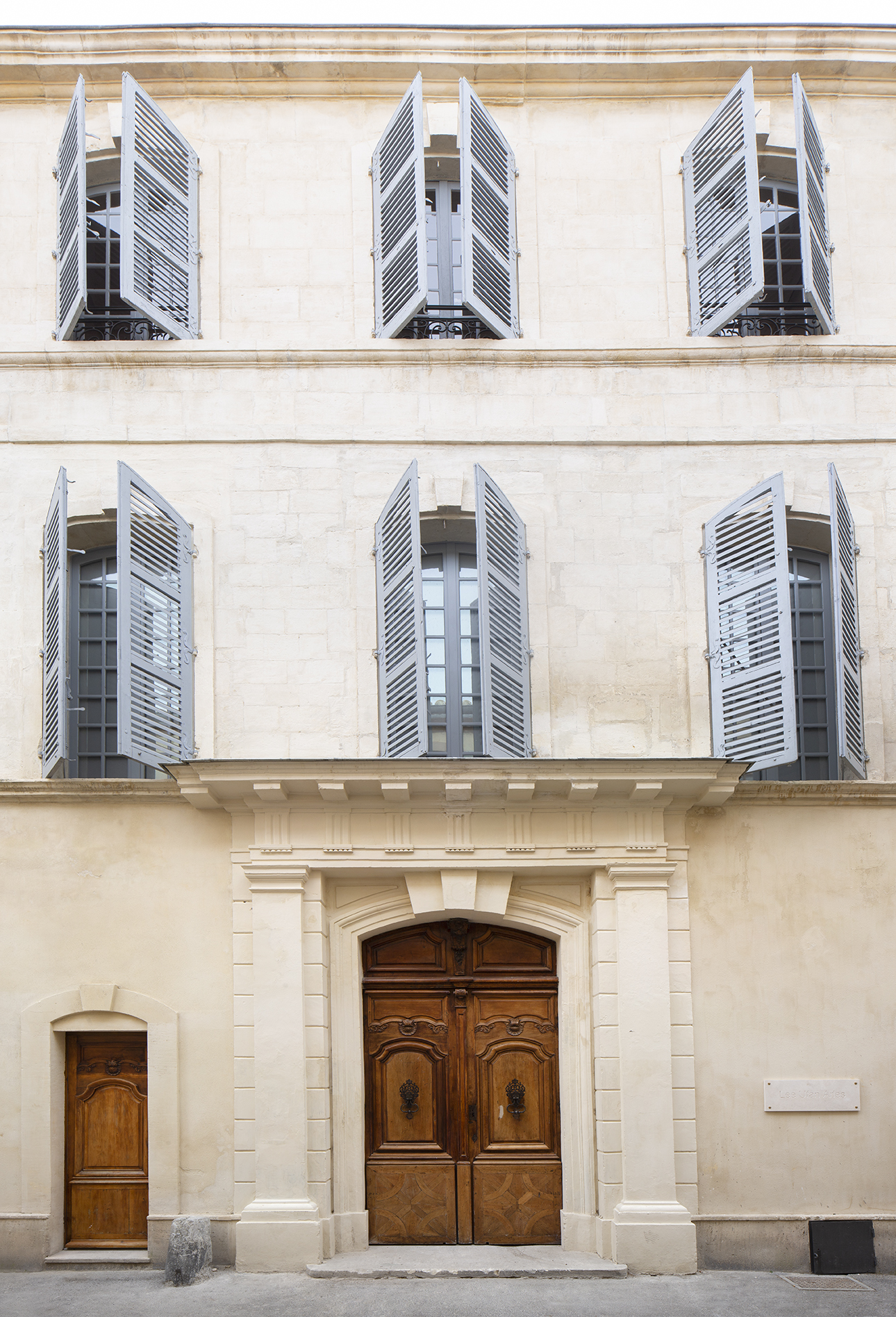
One of the major concerns of Ufan’s practice is the relationship between objects and materials through space and aesthetics. He will place natural stone and iron in relation to one another to highlight their difference in appearance, but also to emphasise that one is made from the other. A large rock sits on a pan of broken glass, left at the moment of contact, and a room filled with the rippling reflection of an installation is built around a regular drip of water.
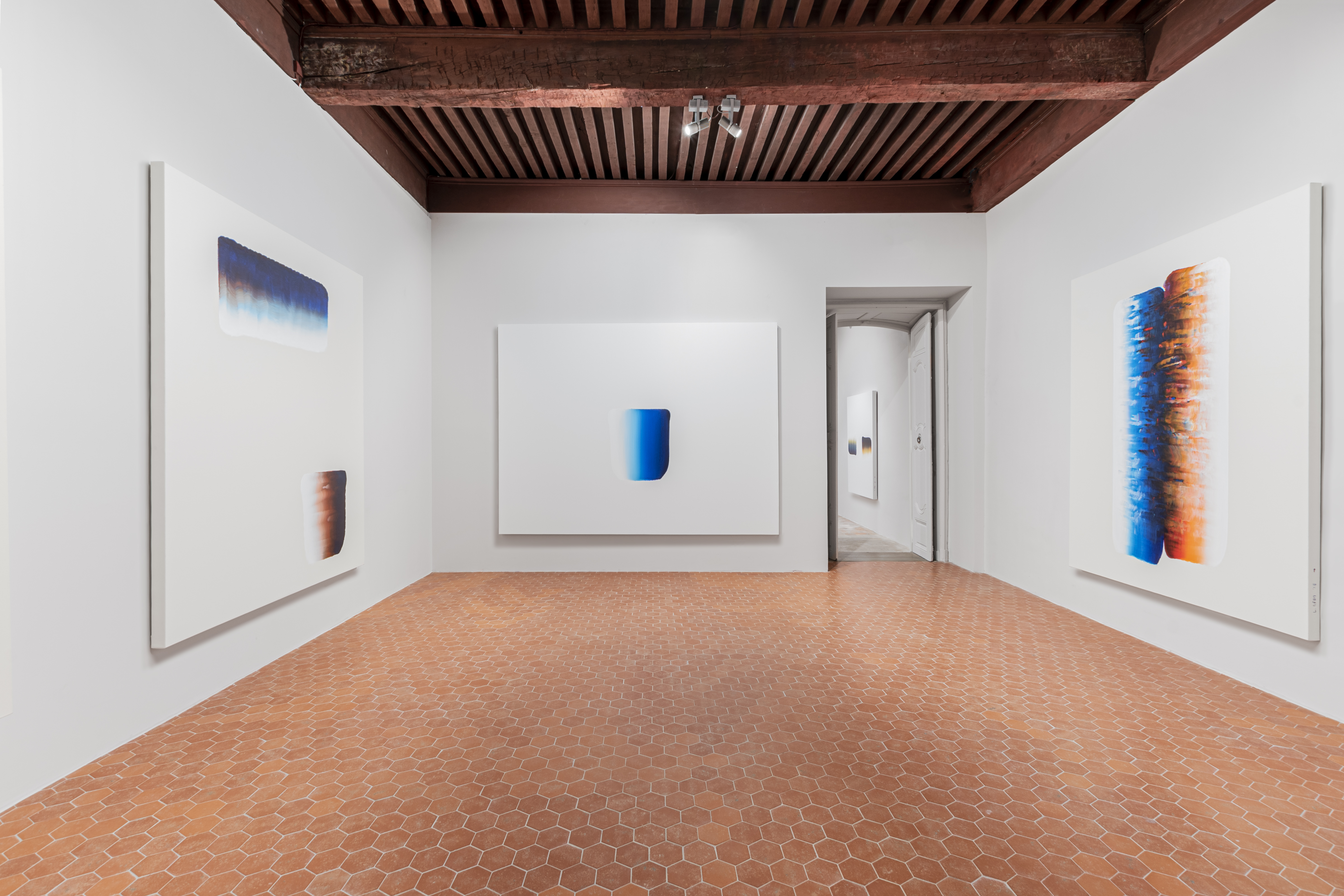
This concern with the natural world makes the collaborative Art & Environment prize awarded by Lee Ufan Arles and Maison Guerlain a logical fit. The inaugural winner, Djabril Boukhenaïssi, has just opened his exhibition ‘À ténèbres’ (To Darkness) on site. The show, which runs until 1 September 2024, highlights the loss of natural darkness in the face of light pollution, through painting and etching inspired by 18th-century German literature and the moth as written about by Virginia Woolf.

Amah-Rose Abrams is a British writer, editor and broadcaster covering arts and culture based in London. In her decade plus career she has covered and broken arts stories all over the world and has interviewed artists including Marina Abramovic, Nan Goldin, Ai Weiwei, Lubaina Himid and Herzog & de Meuron. She has also worked in content strategy and production.
-
 Put these emerging artists on your radar
Put these emerging artists on your radarThis crop of six new talents is poised to shake up the art world. Get to know them now
By Tianna Williams
-
 Dining at Pyrá feels like a Mediterranean kiss on both cheeks
Dining at Pyrá feels like a Mediterranean kiss on both cheeksDesigned by House of Dré, this Lonsdale Road addition dishes up an enticing fusion of Greek and Spanish cooking
By Sofia de la Cruz
-
 Creased, crumpled: S/S 2025 menswear is about clothes that have ‘lived a life’
Creased, crumpled: S/S 2025 menswear is about clothes that have ‘lived a life’The S/S 2025 menswear collections see designers embrace the creased and the crumpled, conjuring a mood of laidback languor that ran through the season – captured here by photographer Steve Harnacke and stylist Nicola Neri for Wallpaper*
By Jack Moss
-
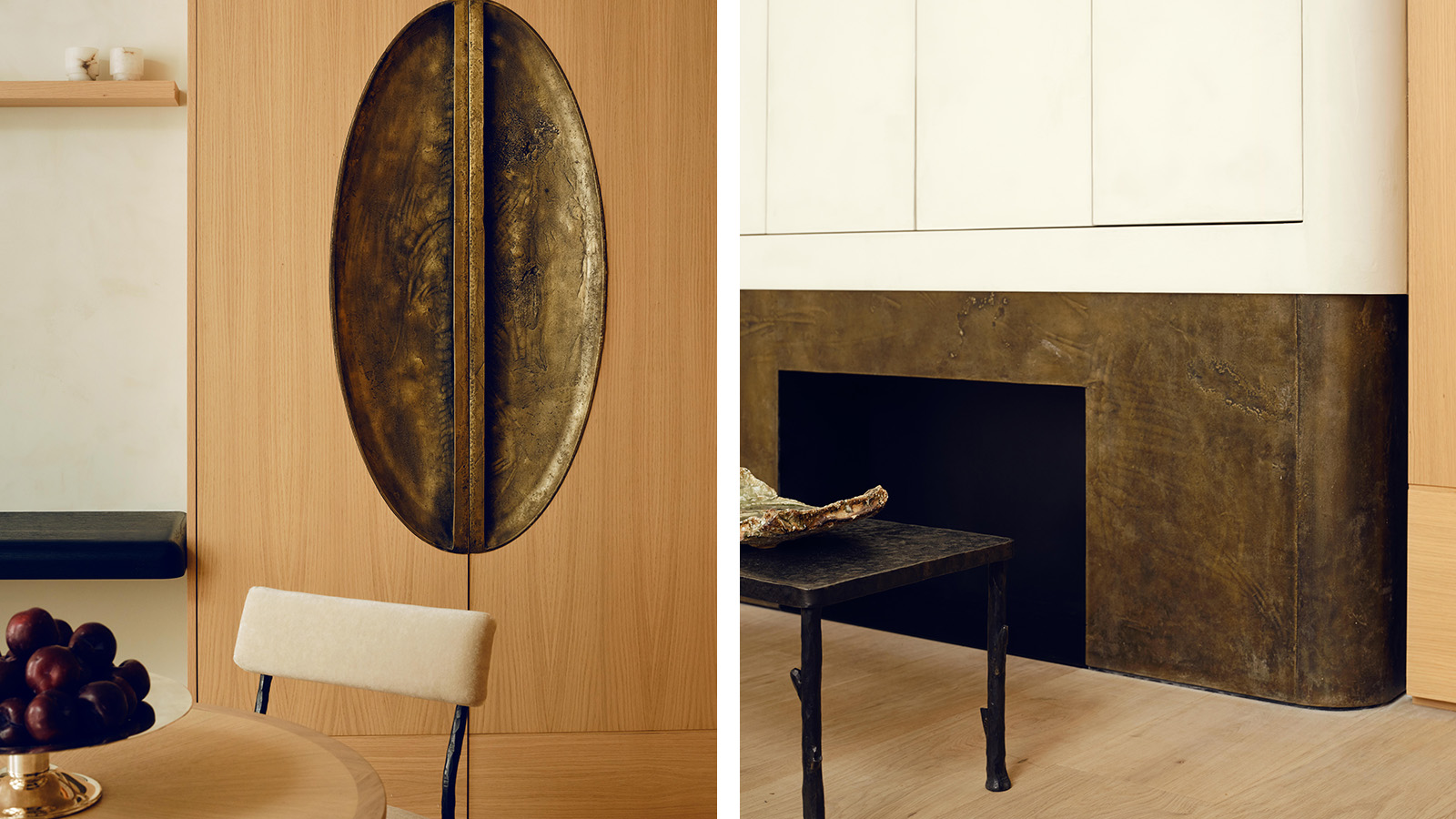 Stay in a Parisian apartment which artfully balances minimalism and warmth
Stay in a Parisian apartment which artfully balances minimalism and warmthTour this pied-a-terre in the 7th arrondissement, designed by Valeriane Lazard
By Ellie Stathaki
-
 Marta Pan and André Wogenscky's legacy is alive through their modernist home in France
Marta Pan and André Wogenscky's legacy is alive through their modernist home in FranceFondation Marta Pan – André Wogenscky: how a creative couple’s sculptural masterpiece in France keeps its authors’ legacy alive
By Adam Štěch
-
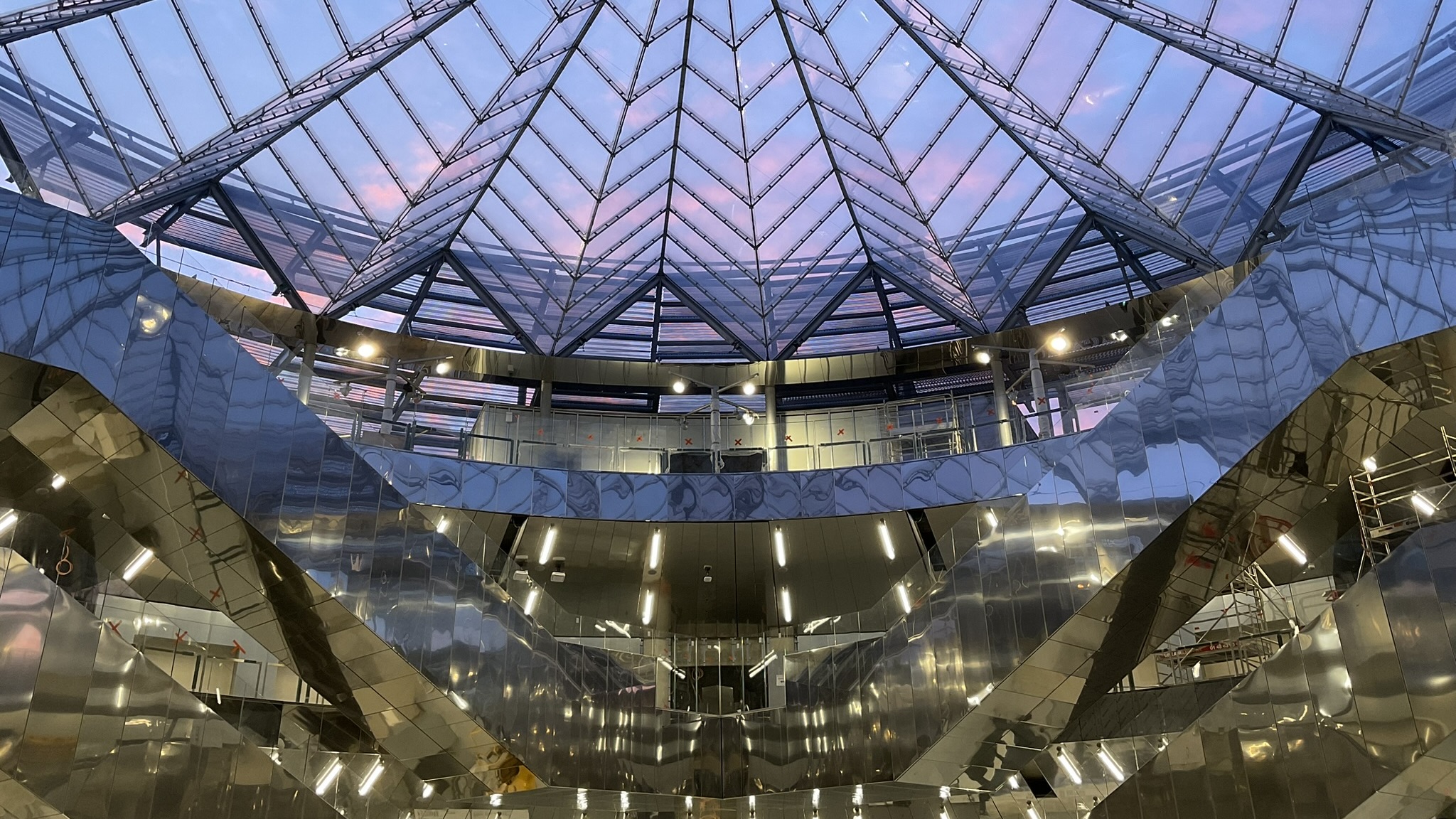 Paris’ architecturally fascinating Villejuif-Gustave Roussy metro station is now open
Paris’ architecturally fascinating Villejuif-Gustave Roussy metro station is now openVillejuif-Gustave Roussy is part of the new Grand Paris Express, a transport network that will raise the architectural profile of the Paris suburbs
By Anna Solomon
-
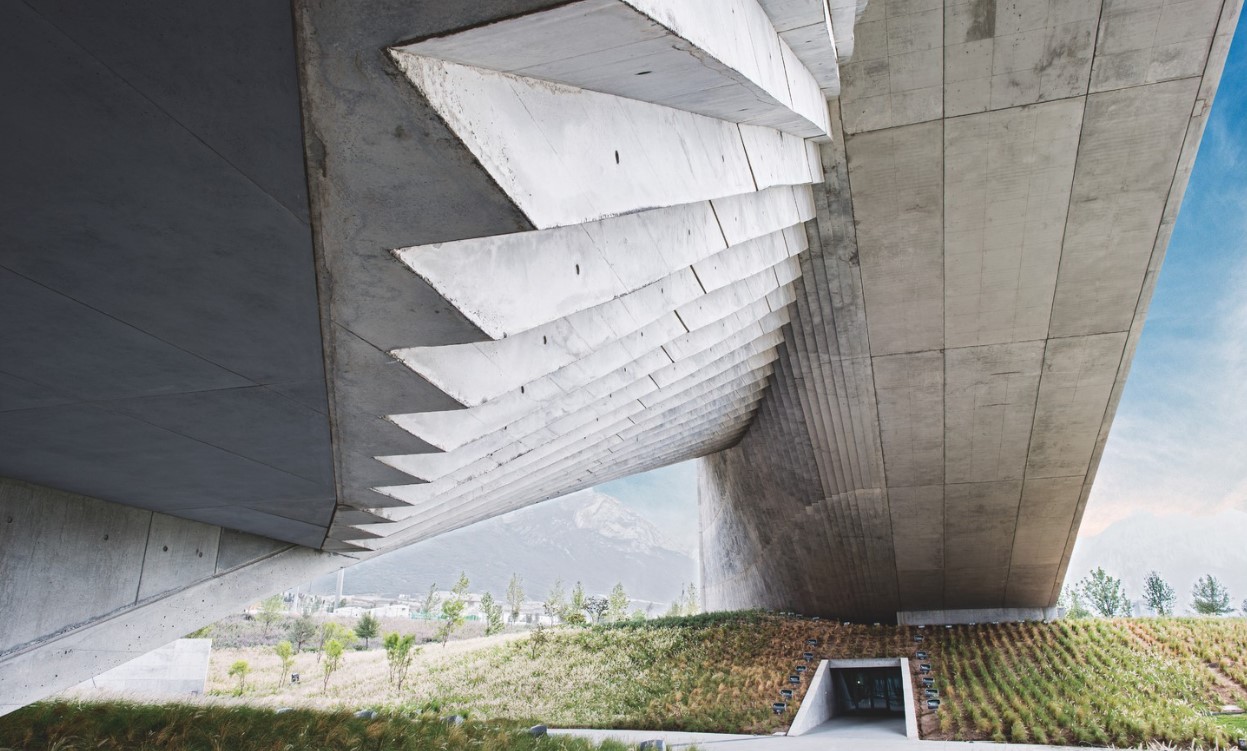 Tadao Ando: the self-taught contemporary architecture master who 'converts feelings into physical form’
Tadao Ando: the self-taught contemporary architecture master who 'converts feelings into physical form’Tadao Ando is a self-taught architect who rose to become one of contemporary architecture's biggest stars. Here, we explore the Japanese master's origins, journey and finest works
By Edwin Heathcote
-
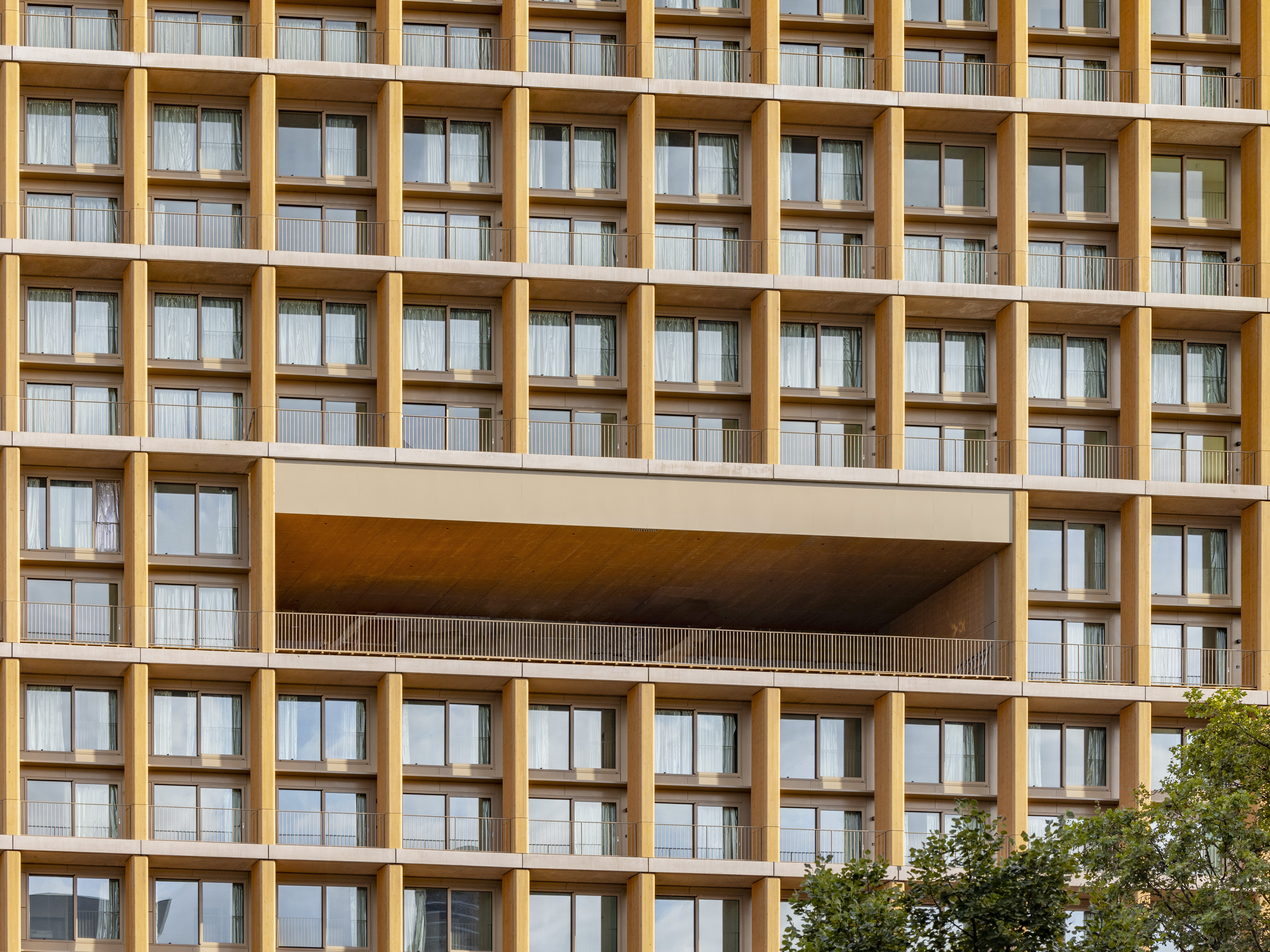 Explore wood architecture, Paris' new timber tower and how to make sustainable construction look ‘iconic’
Explore wood architecture, Paris' new timber tower and how to make sustainable construction look ‘iconic’A new timber tower brings wood architecture into sharp focus in Paris and highlights ways to craft buildings that are both sustainable and look great: we spoke to project architects LAN, and explore the genre through further examples
By Amy Serafin
-
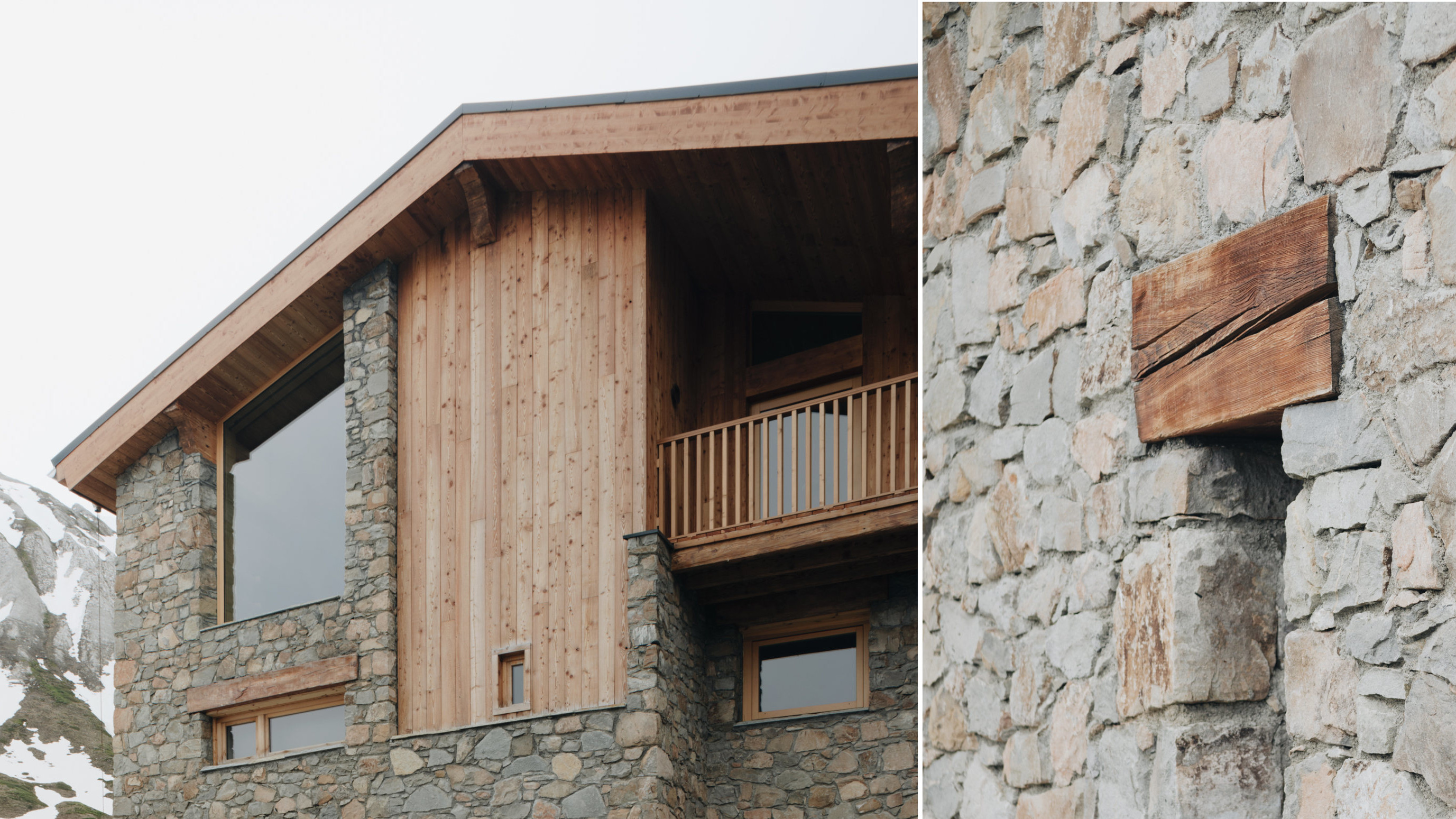 A transformed chalet by Studio Razavi redesigns an existing structure into a well-crafted Alpine retreat
A transformed chalet by Studio Razavi redesigns an existing structure into a well-crafted Alpine retreatThis overhauled chalet in the French Alps blends traditional forms with a highly bespoke interior
By Jonathan Bell
-
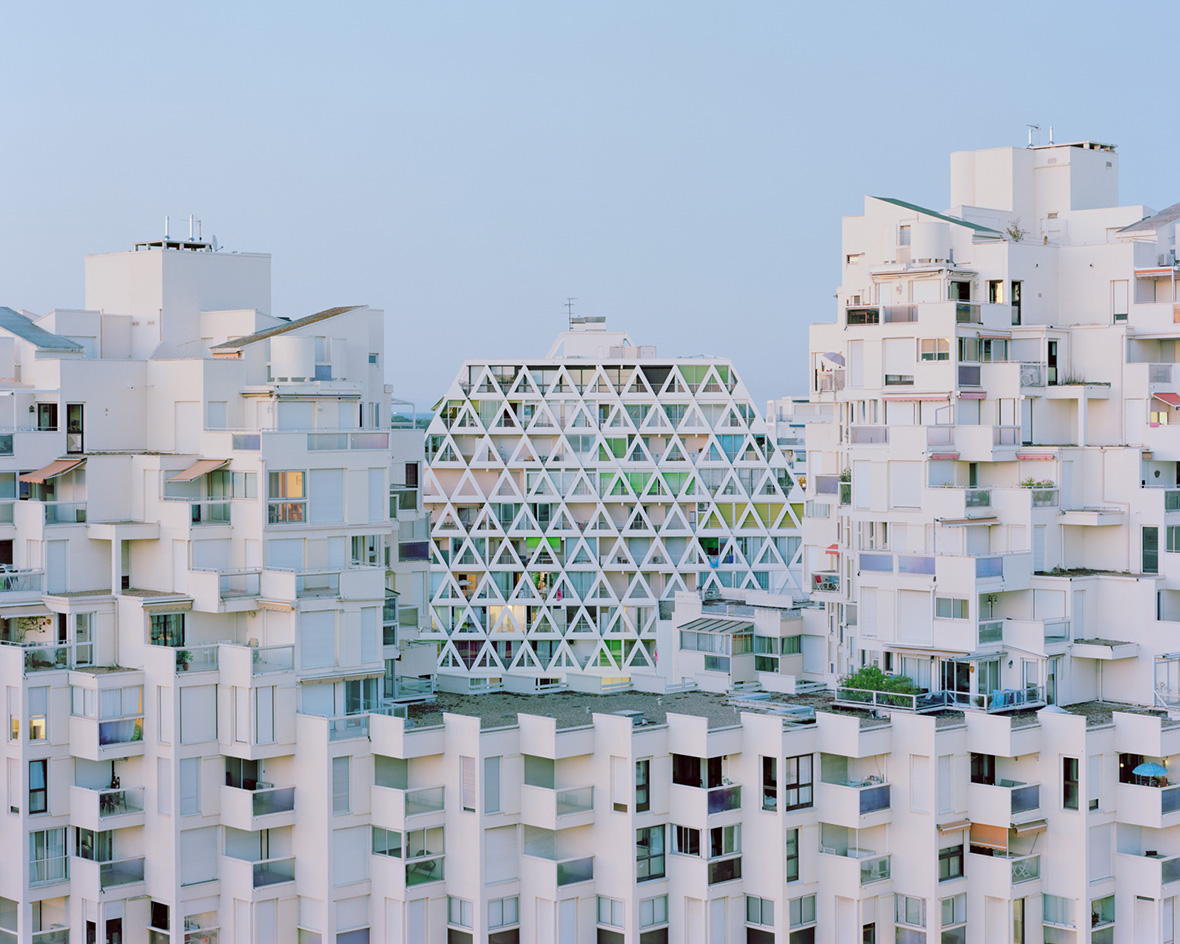 La Grande Motte: touring the 20th-century modernist dream of a French paradise resort
La Grande Motte: touring the 20th-century modernist dream of a French paradise resortLa Grande Motte and its utopian modernist dreams, as seen through the lens of photographers Laurent Kronental and Charly Broyez, who spectacularly captured the 20th-century resort community in the south of France
By Ellie Stathaki
-
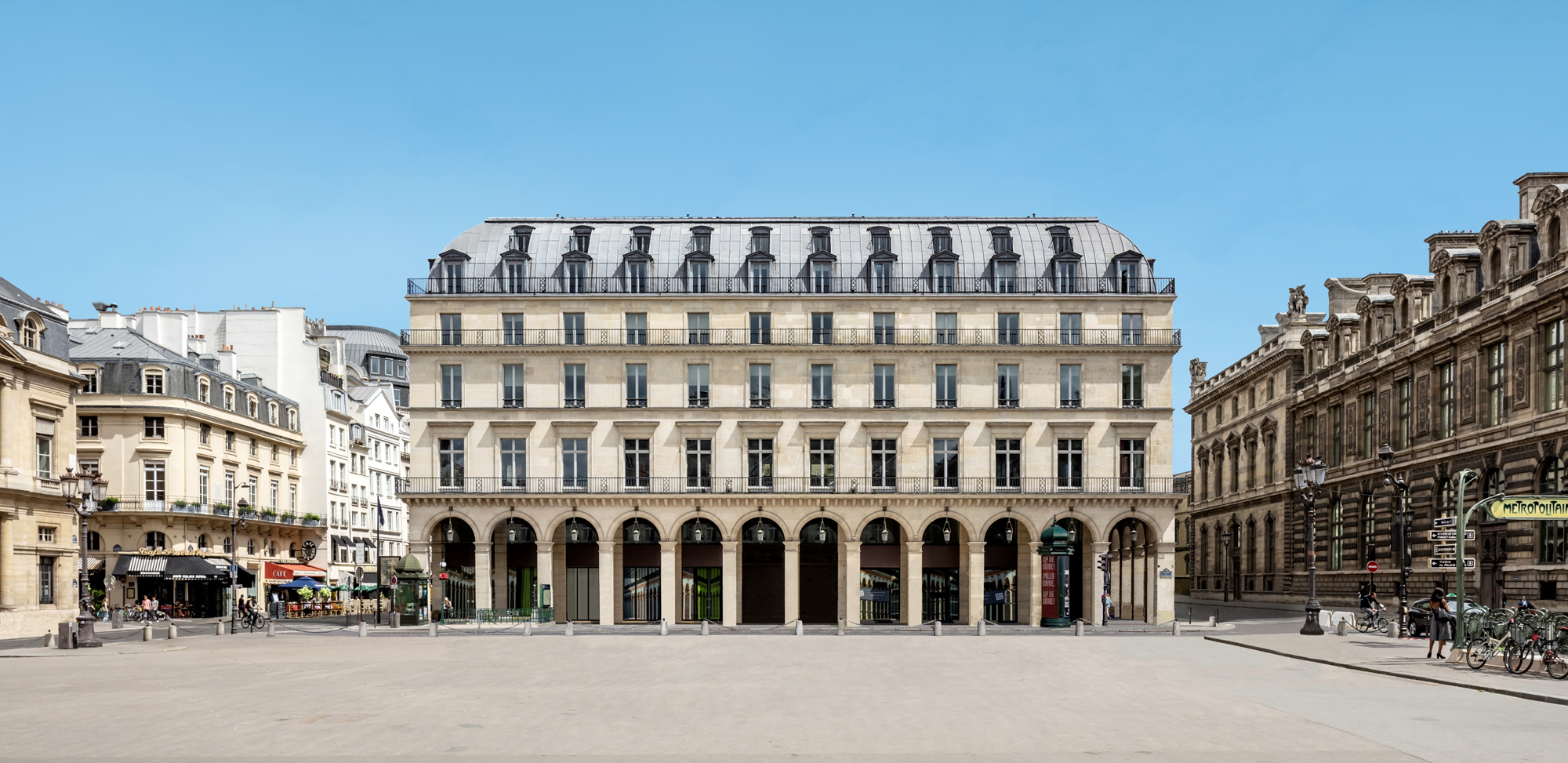 Fondation Cartier pour l’art contemporain unveils plans for new Jean Nouvel building
Fondation Cartier pour l’art contemporain unveils plans for new Jean Nouvel buildingFondation Cartier pour l’art contemporain has plans for a new building in Paris, working with architect Jean Nouvel
By Ellie Stathaki